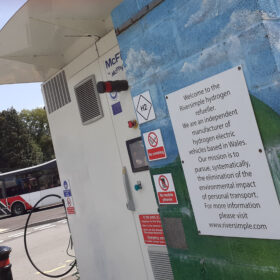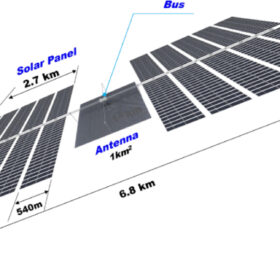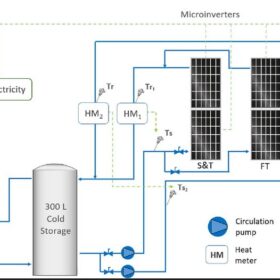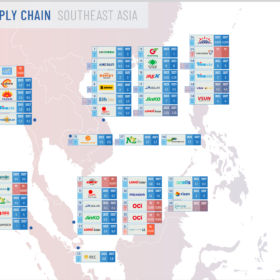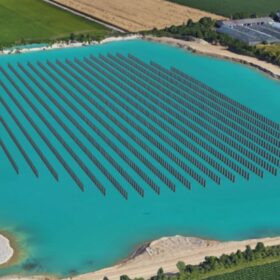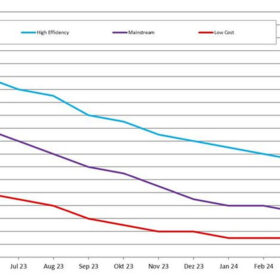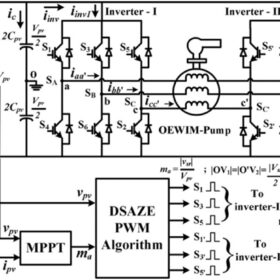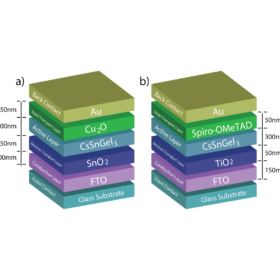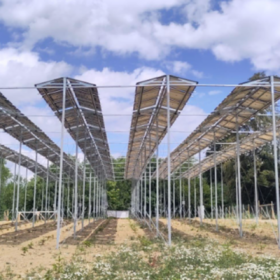When nano- meets climate technology
The use of metal-organic frameworks (MOFs) to create nanoscale crystal structures to attract hydrogen molecules could drastically improve the energy efficiency of storing and transporting the energy carrier.
Solar forecasting based on all sky imaging, long short-term memory
A Dutch research team have developed a solar radiation forecasting model that uses the long short-term memory (LSTM) technique. The proposed methodology reportedly achieves better results than other forecasting approaches.
South Korea plans 120 GW space solar project
Two Korean research institutes are designing the 2.2 km × 2.7 km Korean Space Solar Power Satellite project with the aim of providing approximately 1 TWh of electricity to the Earth per year. The proposed system should use 4,000 sub-solar arrays of 10 m × 270 m, made out of thin film roll-out, with a system power efficiency of 13.5%.
Coupling heat pumps with roll-bonded photovoltaic-thermal collectors
Researchers in Sweden have analyzed how roll-bonded PVT collectors can act as secondary heat sources in ground-source heat pumps and have found they provide a better performance than conventional PVT panels. Their techno-economic analysis also showed roll-bonded PVT systems can be up to 9% more expensive than conventional installations based on sheet and tube absorbers.
Sinovoltaics maps out Southeast Asian PV manufacturing sites
The latest supply chain report from the Hong Kong-based technical compliance and quality assurance company covers the Southeast Asia region, providing information about 50 manufacturing sites.
German startup planning vertical floating PV plant
Germany-based Sinn Power plans to build a 1.8 MW floating PV system with vertically deployed solar modules. Construction is expected to start this summer.
Solar module prices hovering at all-time lows
As solar module prices continue to fall, pvXchange.com founder Martin Schachinger explains how price pressure could increase in the weeks and months to come.
Photovoltaic water pumping based on open-ended winding induction
Indian scientists have designed a water-pump drive system that is powered exclusively by photovoltaics. The proposed system configuration reportedly ensures effective use of both the solar modules and the motor.
Researchers design tin-germanium-based perovskite solar cell with potential efficiency of 31.49%
Researchers in Malaysia have simulated a mixed cation perovskite solar cell integrating tin and germanium in the absorber. By modulating the perovksite layer thickness, they were able to achieve an efficiency ranging from 24.25 % to 31.49 %
Agrivoltaics for fir trees
German researchers are studying using an overhead solar PV system, designed to be removable and reusable, as a sunshade for young fir trees. The pilot, located at a quartz sand excavation site, will be monitored to compare growth and water consumption with an adjacent unshaded tree plot.
